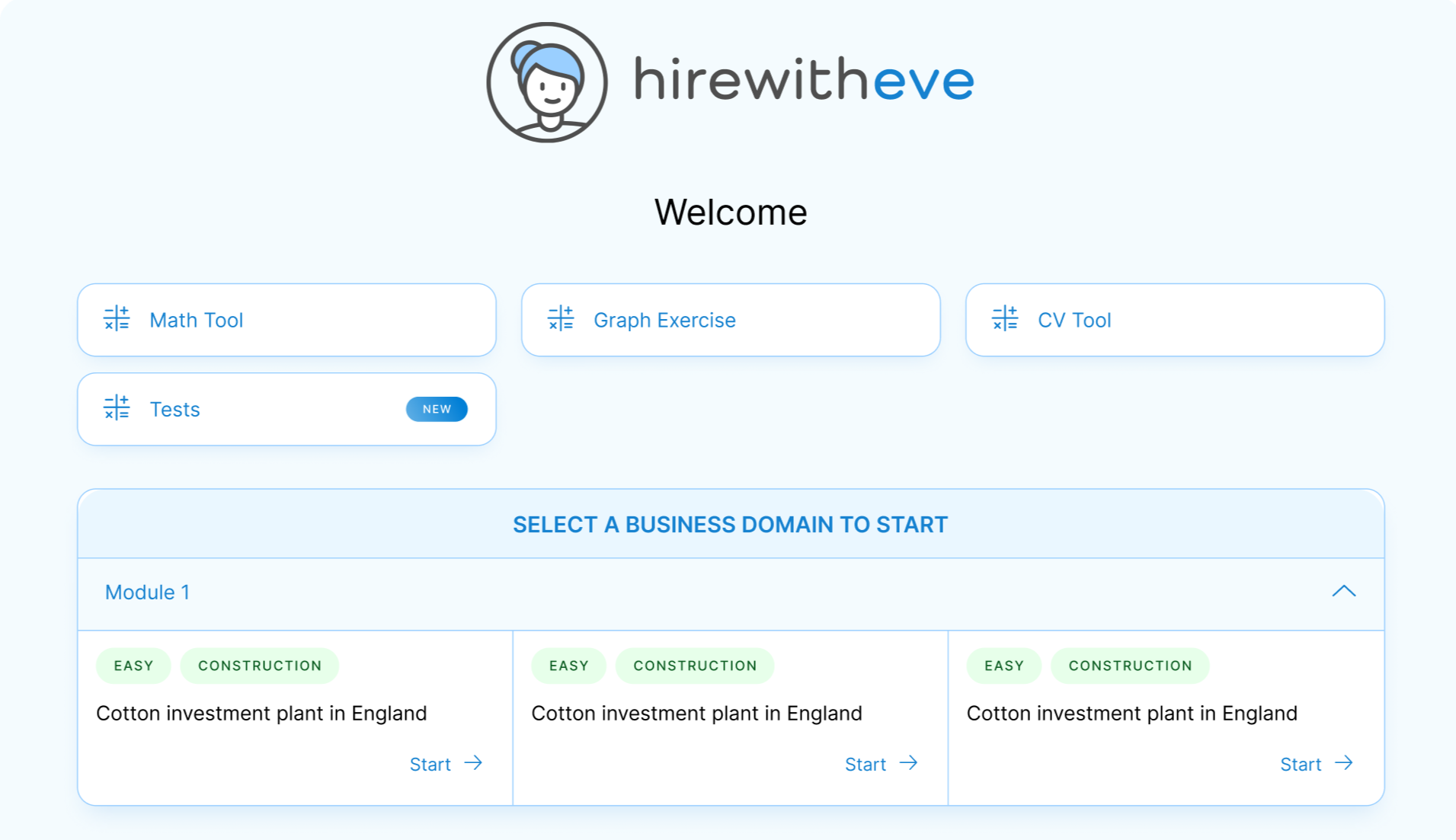How to Build Top Notch Candidate Profiles

In today’s competitive job market, knowing how to build candidate profiles effectively is critical for hiring success. A well-structured candidate profile helps talent acquisition specialists and HR managers target the right candidates for each role. These profiles provide a blueprint for assessing whether a candidate possesses the skills, qualifications, and cultural fit needed for a specific position. If you’ve ever struggled with sorting through endless resumes, learning how to build candidate profiles will save you time and ensure your organization finds top-notch talent.
In this blog, we’ll explore the steps on how to build candidate profiles that attract and evaluate the best candidates. We’ll also cover common mistakes to avoid and why how to build candidate profiles is a vital strategy in optimizing recruitment processes.
Table of contents
What is a Candidate Profile?
A candidate profile is essentially a detailed description of the ideal person for a specific job role. It includes qualifications, skills, experience, and cultural attributes that align with the company’s needs. When understanding how to build candidate profiles, it’s important to focus on the key elements that define success for the role in question.
A strong candidate profile goes beyond the resume. It should include a blend of technical and soft skills, personality traits, and work style preferences. This comprehensive view allows HR managers to create a more holistic evaluation of the candidate, beyond what’s written on paper.
Importance of Well-Crafted Candidate Profiles
Before diving into how to build candidate profiles, it's essential to understand why they matter:
Clear Expectations: Building accurate candidate profiles helps ensure that hiring managers, recruiters, and candidates are all aligned on expectations. It reduces the chances of mismatches between candidates and roles.
Targeted Hiring: Knowing how to build candidate profiles helps you pinpoint exactly the type of candidate you're looking for, which makes the hiring process more efficient. It narrows down your talent pool and ensures you are spending your time on qualified candidates.
Improved Retention: Candidates hired based on a well-developed profile are more likely to fit in with the company’s culture and expectations, leading to better long-term retention.
Crafting strong profiles can transform your recruitment process and help ensure you're selecting the right talent from the start.
Steps on How to Build Candidate Profiles
Analyze Job Requirements
The first step in learning how to build candidate profiles is to thoroughly analyze the job requirements. Speak to department heads or team leaders to understand the key responsibilities, challenges, and growth opportunities for the role. This ensures that the profile aligns with the role’s actual demands.
Identify Required Skills and Experience
List out the essential technical skills and experience needed to perform the job effectively. For instance, if you’re hiring for a marketing manager, include specific skills like SEO, content strategy, and data analysis in your profile. Being clear about these attributes will help you understand how to build candidate profiles that target the right applicants.
Define Soft Skills and Cultural Fit
Soft skills and cultural fit are critical when understanding how to build candidate profiles. Identify traits that would thrive within your company culture, such as teamwork, leadership, communication, and adaptability.
Use Data-Driven Insights
Leveraging data is crucial when learning how to build candidate profiles. Look at your top-performing employees in similar roles and analyze their backgrounds and performance metrics. What made them successful in their role? Incorporating this analysis into your profiles can be a game-changer.
Craft an Engaging Job Description
While the candidate profile is for internal use, it also informs the creation of the job description. Ensure the job posting mirrors the candidate's profile. It should highlight what’s important and communicate what’s required.
Evaluate and Adjust
Building a great candidate profile is not a one-time activity. The key to knowing how to build candidate profiles effectively is to constantly revisit and adjust them based on feedback from previous hires and evolving company needs. Consistent refinement ensures profiles remain relevant and aligned with the latest industry trends.
Common Mistakes to Avoid When Creating Candidate Profiles
Even if you understand how to build candidate profiles, several common mistakes can undermine their effectiveness. Here’s what to watch out for:
Overloading with Unrealistic Requirements
When building candidate profiles, it’s easy to create a “wishlist” that includes every possible qualification. However, setting the bar too high may discourage top candidates who may be a great fit but don’t check off every box. Learn to prioritize key skills and experience rather than overwhelming the profile with too many “must-haves.”
Ignoring Cultural Fit
Even if a candidate checks all the boxes on paper, they might not be the right fit for your company culture. Neglecting this aspect when learning how to build candidate profiles can lead to high turnover and employee dissatisfaction down the road. Ensure you include personality traits and values that align with your organization’s culture.
Not Using Data
While gut instincts are important, relying solely on intuition when creating candidate profiles can lead to biases and inconsistent results. Instead, learn how to build candidate profiles using data-driven insights that are objective and relevant to the position. Always measure your hiring success and adjust profiles based on that data.
Lack of Collaboration
Profiles created in a silo may not capture the full scope of what’s needed for a position. A collaborative approach—engaging team leads and stakeholders—will ensure a more comprehensive profile. Building consensus within the hiring team is essential in knowing how to build candidate profiles that truly reflect job requirements.
Conclusion
Understanding how to build candidate profiles is an essential skill for HR managers and talent acquisition specialists. A well-developed profile provides clarity, streamlines the hiring process, and ensures a higher likelihood of finding the best-fit candidate for each role. Whether you're defining technical skills, identifying cultural fit, or using data-driven insights, a thorough approach to building candidate profiles will enhance your recruitment strategy.
When you combine these strategies with the right tools, like those offered by HirewithEve, you can take your candidate profiling to the next level. The platform’s focus on skills-based hiring and analytics-driven insights enables HR professionals to build comprehensive and targeted profiles effortlessly. Using these features, you can streamline your recruitment process and significantly improve hiring outcomes.
By mastering how to build candidate profiles, you not only improve your hiring efficiency but also enhance your company’s ability to retain top talent in the long term.
Target Your Talent
Unlock tailored solutions for your recruitment and hiring needs with Eve Platform's extensive case study library.
Subscribe now to enhance your HR expertise and excel in your role.
Free Resources

Transforming Hiring: 7 Key Recruiting Metrics
Enhancing recruitment processes with data-driven insights for better hiring outcomes.

Reducing Hiring Bias with Hirewitheve.
Utilizing Hirewitheve to combat bias and streamline recruitment processes effectively.

Hiring Detail-Oriented Candidates
HirewithEve enhances hiring by accurately assessing candidate's attention to detail-oriented.








